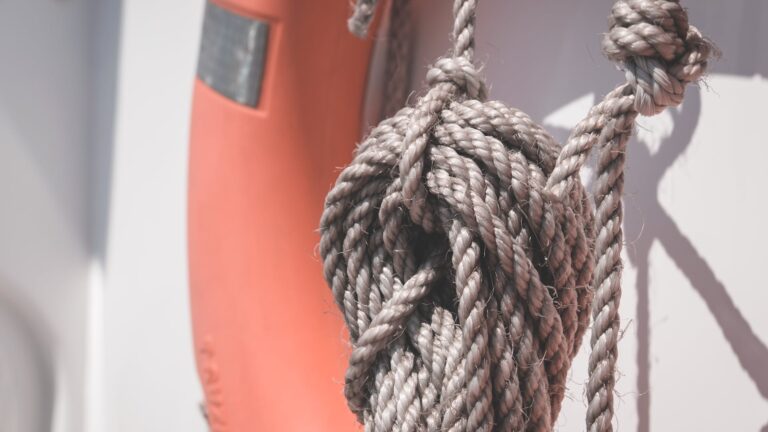What Can 115 mph Winds Do?
What Can 115 MPH Winds Do To Sailing Vessels and Structures On Land?
Sailors know that the weather can be unpredictable, and that their vessels need to be prepared for whatever nature throws their way – especially during hurricane season, when powerful storms with devastating winds make an appearance in certain parts of the world.
While most sailors know that hurricane-force winds can cause significant damage, few may understand just how powerful and destructive these winds can be – especially when they exceed 115 mph – and what kind of devastation they could cause to both sailing vessels and structures on land.
In this article, we will discuss what 115 mph winds can do, how to protect yourself from them while sailing, and why it is so important to avoid sailing in storms with these kinds of gusts.
What Are Winds?
Wind is simply the movement of air across the surface of the earth or through its atmosphere. When people talk about wind speed, they are typically referring to the average speed of a given wind over a certain period of time (usually 10 minutes).
This is known as the “mean wind speed” or just “wind speed” for short, and it is usually measured using an anemometer or similar instrument at a given point over a specific time period.
What Is The Difference Between Wind Speed And Gusts?
Winds which change direction quickly or become stronger suddenly are known as gusts, these bursts of air often occur during storms or strong weather systems like hurricanes and cyclones, where the atmosphere changes quickly and dramatically over short periods of time.
Wind gusts are usually much stronger than the mean wind speed for a given area, for example, a hurricane with an average wind speed of 90 mph may also have gusts up to 135 mph, depending on its intensity at any given moment.
What Are Hurricane Winds?
Hurricane-force winds occur when tropical cyclones (better known as hurricanes) form in warm atmospheric conditions near the equator, these giant storms feature extremely strong low-pressure areas accompanied by powerful thunderstorms which release tremendous amounts of energy into their environment as they move across large bodies of water like oceans or seas.
Hurricanes form in different areas around the world depending on where atmospheric conditions allow them to gain strength, in some cases they may travel thousands of miles before dissipating into nothingness or reaching land where they lose strength as they move over dry land masses without access to large bodies of warm water needed for them to maintain their intensity and size.
How Strong Are Hurricane Winds?
The strength of a hurricane’s winds is determined by its intensity at any given moment, however, most hurricanes will have average wind speeds ranging from 90-110 miles per hour (mph) with gusts up to 135-175 mph depending on their intensity at any given moment.
Winds exceeding 175 mph indicate that a storm has reached Category 5 status on the Saffir-Simpson Scale – one of the strongest possible ratings for a tropical cyclone – meaning it should be avoided at all costs by sailors due to its extreme destructive power over both land and sea alike!
What Can 115 MPH Winds Do To Sailing Vessels?
When it comes to sailing vessels, hurricane-force winds exceeding 115mph can be incredibly dangerous – even if you have taken all necessary precautions beforehand! Powerful gusts like these can easily overpower sails even if they are properly trimmed and secured, this could cause your vessel’s rigging or masts to snap due to excess pressure on them from strong gusts pushing against them too hard (known as “overcanvassing”).
Overcanvassing can also cause sails themselves to rip apart due to too much strain being put on them, this could result in catastrophic damage not only to your sails but potentially your entire vessel as well!
What Can 115 MPH Winds Do To Other Structures On Land?
On land, structures such as homes built with poor or average construction materials are particularly vulnerable when exposed to sustained winds exceeding 115mph, such structures often suffer severe damage or even total destruction during hurricanes due to their inability to withstand such powerful gusts pushing against them over extended periods of time without collapsing under pressure!
Mobile homes are particularly vulnerable since their construction materials are typically weaker than those used in other types of residential dwellings, these homes will almost always suffer total destruction if exposed directly to hurricane-force winds exceeding 115mph!
How To Protect Yourself From 115 MPH Winds While Sailing?
When it comes time for you go out sailing during storm season – especially if there is a chance you may encounter hurricane-force gusts exceeding 115mph – there are several steps you should take before leaving port in order ensure maximum safety: first make sure all sails have been properly trimmed and secured so that they cannot become overpowered by strong gusts pushing against them too hard, second check all rigging lines for any signs wear so that broken lines do not cause snapped masts or other major damage during your voyage, third make sure all crew members have life jackets onboard just in case something goes drastically wrong while out at sea!
How To Protect Your Vessel From 115 MPH Winds While Sailing?
In addition taking precautions before leaving port (as outlined above), there are several other things you can do while out at sea in order ensure maximum safety while travelling through storm systems with potentially damaging winds: first lower/remove any sails so that they cannot become overpowered by strong gusts pushing against them too hard, second tie down anything that could become airborne during high velocity storms (such as debris floating around your boat), third anchor down your boat so that it cannot drift away while you seek shelter!
Finally make sure everyone onboard knows where emergency shelters are located should something go drastically wrong during your voyage!
Why You Should Avoid Sailing In 115 MPH Hurricanes?
Due serious danger posed by sustained hurricane-force winds exceeding115mph–especially when combined with additional hazards like high seas–it is highly recommended for experienced sailors alike avoid travelling through such storms whenever possible!
Additionally unprepared vessels may find themselves facing significant difficulties navigating through waters with active storm systems present due dangerous swells which could easily overpower smaller boats if not handled carefully enough by experienced captains familiar with such conditions!
Thus it is best practice avoid sailing through regions known contain active Category 5 hurricanes whenever possible order ensure maximum safety both crew members & vessel itself alike!
Conclusion
Hurricane season is no joke – especially when it comes downwind speeds exceeding115mph! Those brave enough attempt sail through storm systems featuring such powerful gusts must take extreme caution do so safely & effectively – ensuring both themselves & their vessels remain safe throughout journey despite potential dangers encountered along way!
Ultimately no matter how experienced sailor may be – it never wise sail blindly into storms containing Category 5 force gales – so best bet always remain informed & prepared before venturing out into open waters during peak hurricane season months instead taking unnecessary risks unnecessarily putting yourself & others potential harm’s way without proper knowledge & preparation beforehand!

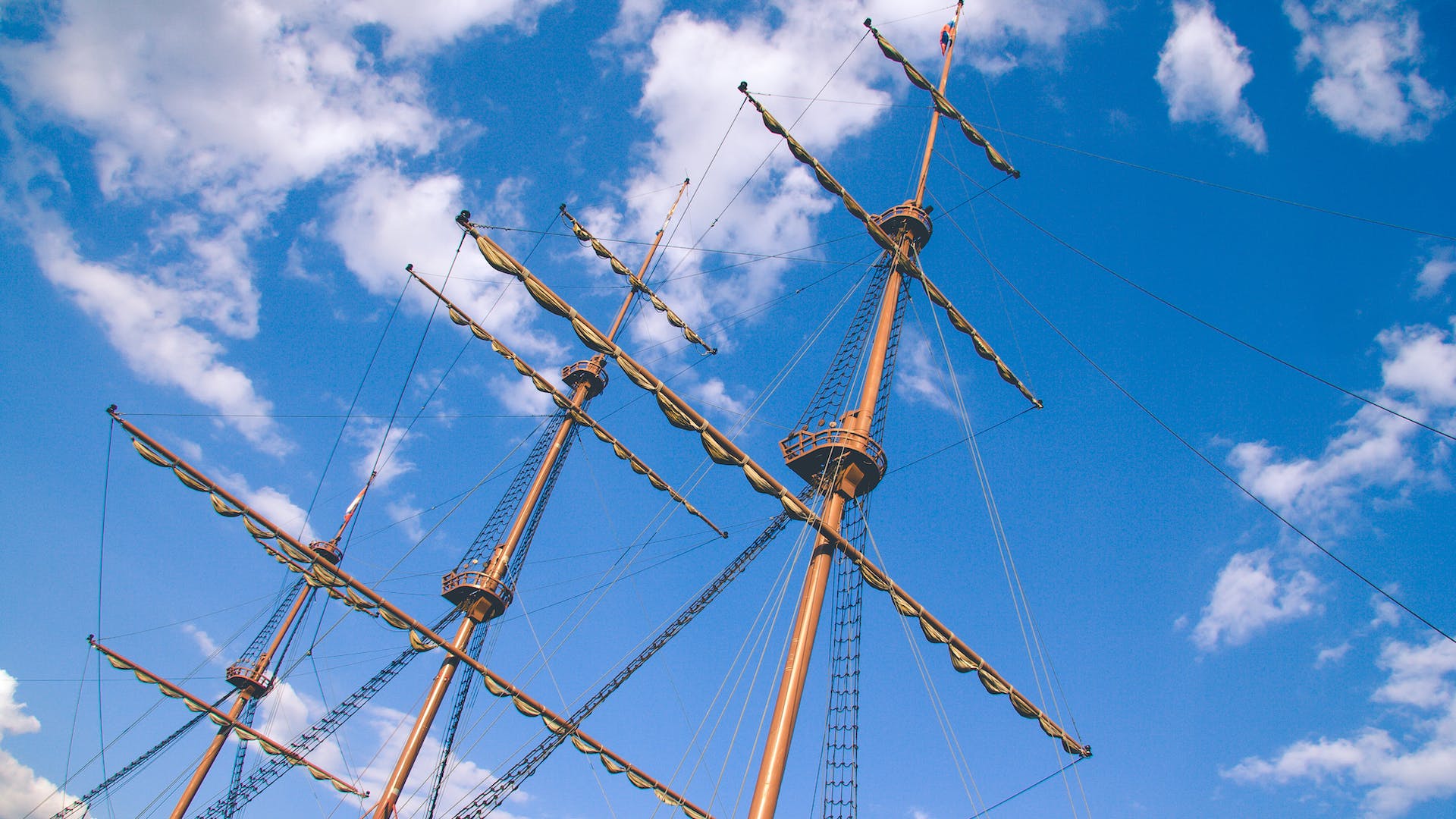
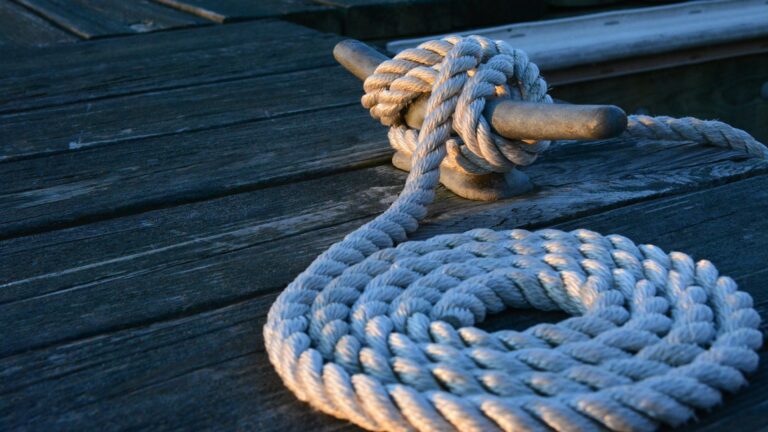
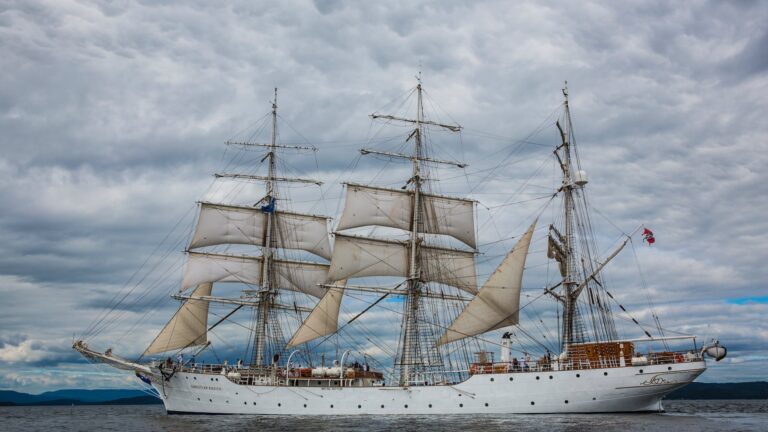

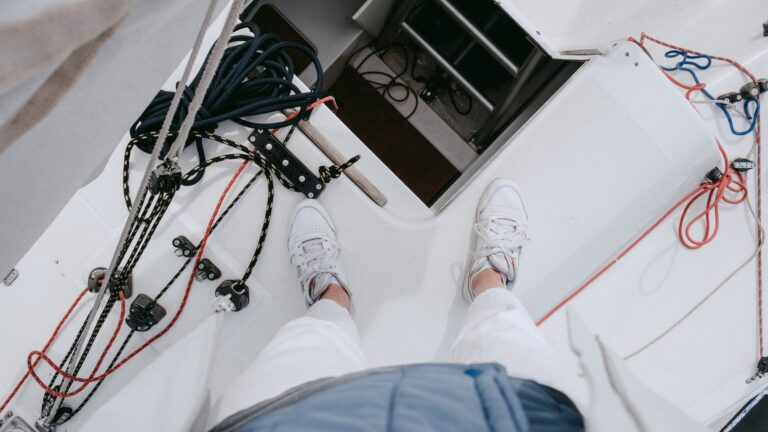
![sailing-sailboat-yacht-size What size sailboat is considered a yacht?[Editing Required]](https://challengedamerica.org/wp-content/uploads/2023/02/sailing-sailboat-yacht-size-768x432.jpg)
